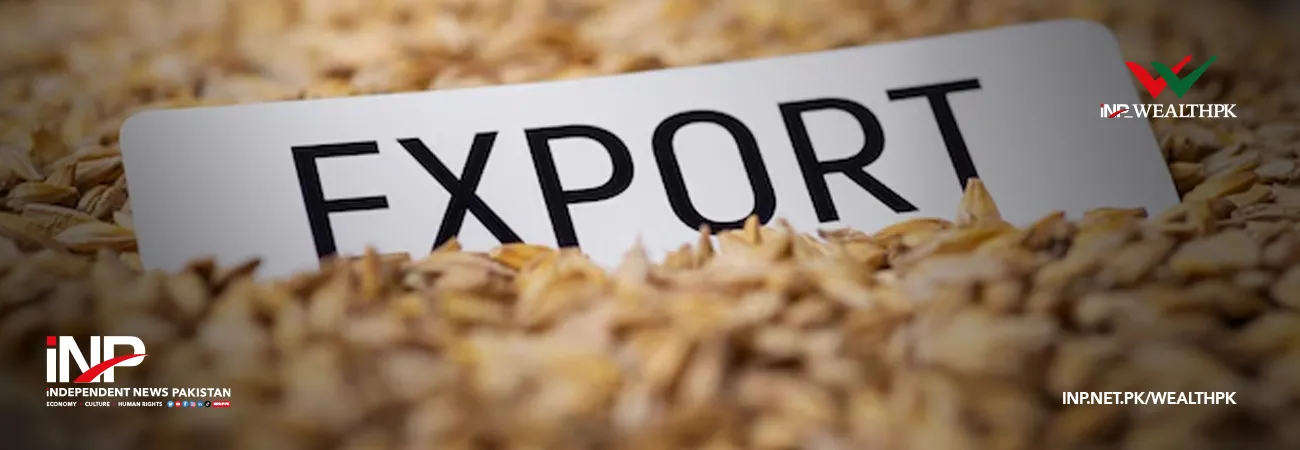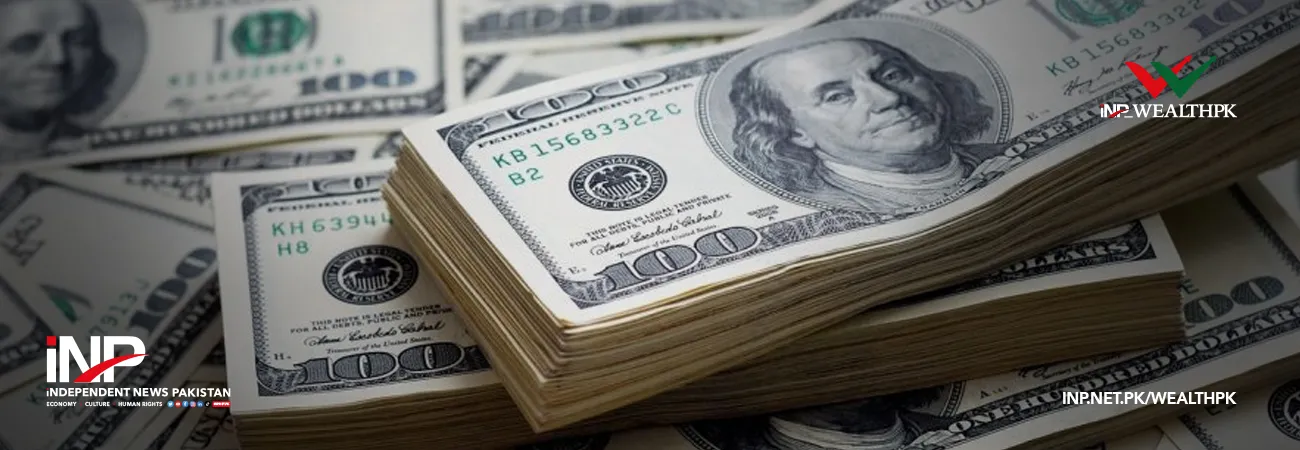آئی این پی ویلتھ پی کے
By Samia Khalid ISLAMABAD, Oct 26 (INP-WealthPK)- The dollar has touched a new high against Pakistani rupee in the interbank market, reaching a whooping Rs 173.16. The rupee is continuously falling against US dollar for quite some time. This depreciation of the rupee is mainly due to the structural weakness in Pakistan’s balance of payments (BoP). This might become a greater concern this fiscal year since imports of goods and services are expected to rise faster than that of the last year due to the country's higher economic growth targets (4.8% vs 3.9%). The main reason behind the escalation of dollar during the recent years is that previously it was made to stabilize artificially. Now, the State Bank of Pakistan (SBP) has left currency rates totally to the market forces by deciding not to interfere to artificially boost the rupee, though SBP does sell dollars in the interbank market to smoothen severe volatility when foreign exchange demand is quite high. Such volatility is particularly noticeable in the market when external debt is provided or when heavy import bills are to be paid, especially regarding oil imports. Current Account (C/A) is divided into two segments: trade and remittances. Any increase in C/A should ideally come from these two accounts. It is qualitatively bad if a single-source influence lowers the C/A deficit. Apart from the whims of the currency market, another reason for the rupee's short-term stability is one of BoP's fundamental flaws. Since Pakistan's total trade deficit increased from $24.425 billion in 2019-20 to $30.030 billion in 2020-21, it negatively affected the current account. The additional inflow of $6.24 billion ($29.37 billion minus $23.13 billion) in home remittances played a critical role in reducing the C/A deficit. Another major reason is the slow development of exports of goods and services. Exports of goods increased to $25.630 billion in 2020-21, up from $22.536 billion in 2019-20. The exports of services also slightly increased to $5.937 billion from $5.437 billion. Maintaining existing growth in goods exports and increasing services exports are both necessary. Without it, the total trade imbalance will not be reduced, and exchange rate pressure will likely remain in 2021-22 – and maybe beyond this. Foreign remittances have been a major factor behind the reduction of C/A deficit from $4.449 billion in 2019-20 to $1.852 billion in 2020-21. In the current scenario, it is crucial to attain exchange rate stability by overcoming trade deficit with a remarkable increase in exports and remittances. Foreign direct investment is desperately needed to boost trade volume. It is important for policymakers to consider both the existence and the degree of exchange rate volatility while formulating and implementing policies, especially those related to trade. No amount of devaluation or depreciation will stabilise the external value of our currency until the government revises its economic planning and implementation.












